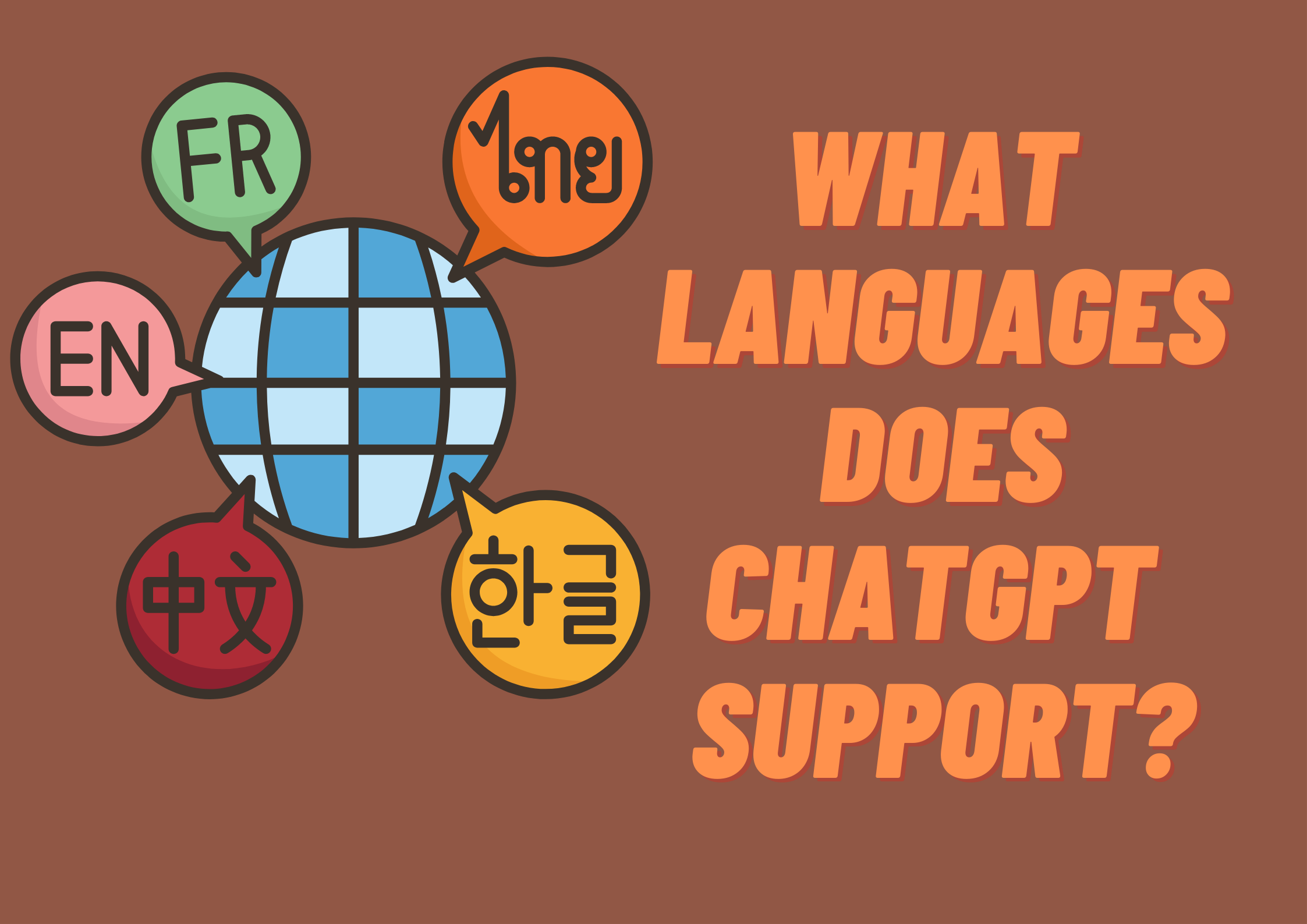Can I Use ChatGPT For Proofreading? | by Logan James | Oct, 2024 ...
In our fast-paced digital world, the need for clear and polished writing has never been greater. Whether you’re drafting an email, a blog post, or even an important business proposal, the last thing you want is for typos or grammatical errors to distract from your message. This is where tools like ChatGPT come into play. You might be wondering, “Can I use ChatGPT for proofreading?” Let’s break it down in a way that’s friendly and easy to digest.
The Role of ChatGPT in Proofreading
ChatGPT is an advanced AI language model developed by OpenAI. It’s designed to understand and generate human-like text based on the inputs it receives. Essentially, it’s like having a knowledgeable assistant who can help you with writing tasks, including proofreading. Imagine having someone by your side who can catch your mistakes, suggest clearer phrasing, and even offer creative solutions to awkward sentences. That’s ChatGPT for you!
Proofreading might seem like an afterthought or a chore, but it plays a crucial role in effective communication. When you put words on a page, you want your audience to focus on the substance of your message — that brilliant idea you have, or the invitation you’re extending — rather than minor errors. A single typo or grammatical mistake can alter the meaning of your text or make you seem unprofessional. By proofreading your work, you ensure clarity, and you also enhance your credibility. After all, who doesn’t want to be seen as competent and detail-oriented?
How ChatGPT Assists in Proofreading
You might be curious about how ChatGPT can assist you specifically with proofreading. This remarkable tool can identify inconsistencies in spelling, grammar, and punctuation, alerting you to errors that might slip through the cracks of your own careful review. Additionally, it can suggest alternate phrasing to improve readability, making your content feel more fluid and professional.
At its core, one of ChatGPT’s most valuable functions is its capacity for error detection. You can paste your text into the chat, and it will quickly analyze it for any spelling mistakes. Forgetting to double-check that “their” and “there” are used correctly can lead to confusion, and ChatGPT excels in catching these kinds of nuances. Beyond spell check, it’ll highlight grammatical errors, such as comma splices or misplaced modifiers, giving you a chance to rework that sentence into something that flows better.
Enhancing Writing Clarity and Tone
In different contexts, the tone of your writing can greatly affect how your message is received. ChatGPT can modify your writing style to fit a more formal business email or a casual blog post. You know how sometimes, after writing something, you can’t quite tell if it sounds too harsh or too flippant? Using ChatGPT, you can ask it to adjust the tone, making it more suitable for your intended audience.
In writing, clarity is king. Long-winded phrases can alienate your readers, making them lose track of your main point. When you use ChatGPT, this AI can help condense your writing, removing filler words and phrases to hone in on what you want to communicate. If you find yourself at a loss on how to rephrase something, ChatGPT can offer alternative ways to express your thoughts, making sure nothing is lost in translation.

Expanding Language Support
Language can often be a barrier in international communications. If you’re looking to expand your audience globally, or perhaps you’re working with international clients, you might find yourself in need of translation services. While ChatGPT can help with some text translations, you might consider platforms like Pismo, which incorporates more extensive language support. You’ll be able to translate emails, reports, or proposals effortlessly, thus ensuring that your intended message reaches your audience, no matter where they are.
Maximizing ChatGPT for Proofreading
Another advantage of ChatGPT is its flexibility. You can customize your prompts, asking specific questions about your text. For example, if you’re unsure whether a particular word fits or whether a phrase is too complex for your audience, you can directly ask ChatGPT to evaluate it. This tailored interaction creates a more personalized proofreading experience, unlike traditional tools that often follow a strict set of guidelines.
To get the most out of your proofreading experience with ChatGPT, there are a few strategies you might find helpful:
- Be clear about what you want to focus on in the proofreading process.
- Break down lengthy pieces of writing into smaller sections for better analysis.
- Engage with the suggestions provided by ChatGPT and ask for clarifications when needed.
Understanding ChatGPT’s Limitations
Although ChatGPT is a powerful tool for proofreading, it’s essential to understand its limitations. It may not catch every nuance of your writing, especially in specialized or technical contexts. Always review the suggestions critically to ensure they align with your intended message.
Moreover, while ChatGPT can enhance your writing process, it’s important not to become overly reliant on it. Continuously honing your own skills is crucial for effective writing and proofreading.

Embracing ChatGPT as Your Proofreading Companion
The question “Can I use ChatGPT for proofreading?” is an exciting one, and the answer is a resounding yes! ChatGPT can serve as a valuable writing assistant, helping you polish your work and elevate your writing to new heights. While it can offer substantial support, it’s ultimately up to you, the writer, to ensure your message resonates clearly with your audience.
So, whether you’re polishing an important email or crafting a compelling blog post, don’t hesitate to utilize ChatGPT as your trusty proofreading companion. Embrace the technology available to you while continuing to develop your skills, ensuring that you communicate clearly and effectively in every piece of writing you produce.




















